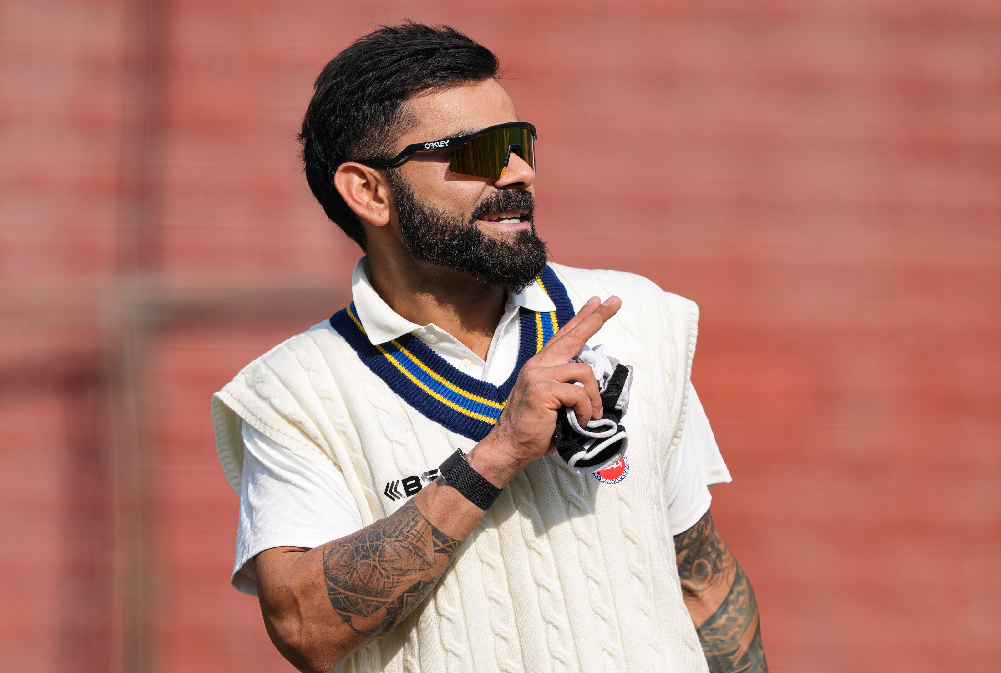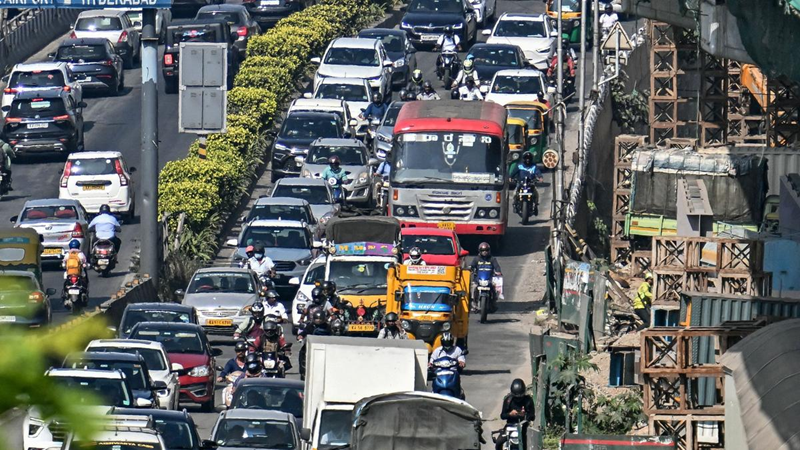
Challenges of eradicating TB in India
By Dr Srikanta J. T.
Unfortunately, millions of people are still suffering and dying from Tuberculosis (TB), despite it being completely curable and largely preventable. India is struggling to control the spread of this disease. It has the highest TB burden as well —responsible for over one-fourth of the world’s cases and one-third of the deaths. India has set a target for complete elimination of TB by 2025. Is it really possible, and if not, why and what are the challenges? What should be done to eradicate TB by 2025?
Despite coming up with newer modalities for diagnosis and treatment of TB, it continues to be a major health concern and is one of the top three infectious killing diseases in the world. Inadequate diagnostics and treatment; multidrug-resistant tuberculosis (MDR TB); and HIV coinfection are some of the major challenges in controlling TB in India.
Eliminating TB by 2025 in India is impossible in the absence of an effective vaccine. And moreover, India needs more investment in R&D for TB. Most of the diagnostic tools used are outdated and ineffective. Sputum-smear microscopy sometimes fails to detect extra pulmonary or smear-negative TB. And it is less effective in children and HIV positive patients, whose smear results are often negative.
New approach needed
The introduction of DOTS program facilitates the detection of TB by sputum-smear microscopy, government commitment to control, regular supply of drugs, supervised treatment, and reports on the progress of the health system. Introduced by the World Health Organisation (WHO) in 1991, the DOTS program is one of the best methods to help control the spread of TB and eradicate the disease. However, the treatment process takes between 6 to 9 months. Prolonged treatment often fails to adhere to long treatment courses, resulting in resistant strains and relapse.
Isoniazid INH in combination with rifampin, pyrazinamide and ethambutol are commonly used drugs for TB treatment. And two injectable drugs currently used in India are associated with the worst treatment outcomes, with increased risk of death. And, despite the WHO recommending the use of Delaminid (another new drug) in India, most children in India have no access to it. People with HIV or AIDS suffer more severe complications, as TB causes more rapid deterioration of their immune systems. The relapse rates associated with the use of some anti-TB regimens are increased among HIV-positive people. Also, antiretroviral drugs patients may experience an immune reconstitution syndrome that mimics many aspects of TB infection, which makes the clinical picture in coinfected patients unclear.
Provide more sensitive tools to diagnose drug resistant TB
It is time to encourage new treatment initiatives that appear to be highly effective against TB (including MDR TB) and require shorter periods of treatment. MDR TB (Multi drug resistant TB) accounts for about 1% of new TB cases. This can be attributed to inadequate treatment plans and lack of health care facilities. And most of the laboratories in India lack the facilities to identify MDR TB. India needs to scale up Genexperts (tests to diagnose drug resistant TB). Though treatable, the treatment process takes up to 2 years and is considerably more expensive and toxic.
Lack of honest assessment
Without a doubt, there is a lack of an honest assessment of the TB situation in India. Instead of sticking to the message of ending TB by 2025, the focus should be more on the progress made so far and keep a check on what is not working and come up with a plan and strategy. Without transparent accounting, there is no way to make the improvements that are needed.
The Covid-19 pandemic could derail India’s target of ending tuberculosis by 2025
As the COVID-19 pandemic sweeps across India with cases and mortality increasing every day, we as a community working to mitigate TB are apprehensive about what the pandemic will do to TB mitigation efforts. No doubt, COVID-19 will adversely affect all routine health services everywhere, but TB services might be one of the biggest casualties.
Firstly, with the incidence of TB in India in 2019 accounting for 2.7 million cases, and TB and HIV co-infection rate of 5.4%, we are looking at a significant impact to TB resources at various levels, as resources are diverted to COVID-19. So, TB diagnosis will be delayed. I would predict a spike in TB incidence, given delayed diagnosis and higher transmission.
Secondly, due to the damage done to their lungs by TB, those suffering from TB are more susceptible to the negative effects of COVID 19. But this is again a very difficult question to answer, as there is no data yet.
The way forward
 English daily published in Bengaluru & Doha
English daily published in Bengaluru & Doha






